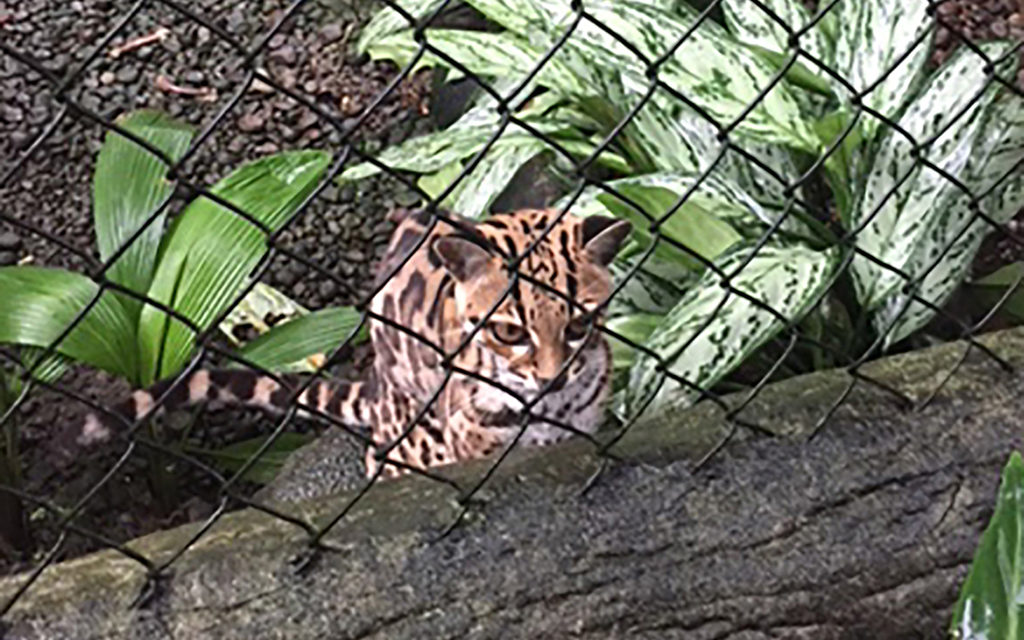by John Jefferson
About 10% of outdoor writer’s work is outdoors — in the woods or along waters. The rest is spent staring at a computer or trying to reach an information source. I’ve learned a lot during 54 years’ work, but what I don’t know could fill a library shelf.
Most work is pleasant. But now and then, a sadness arises that gets me down. Losing friends affects everybody. Pet owners grieve for lost pets. Even cats. Dog and horse owners — particularly hunting dog owners — may feel it more. Some of us are affected when animals are wantonly killed or die naturally.
But I’m not an animal rights activist. We hunt. And eat a lot of venison, fish, and other game. It’s healthy and delicious if you know how to prepare it. If you don’t, there are plenty of wild game cookbooks that’ll help.
This column was inspired by the January 5 death of a “senior citizen” ocelot. “Obediah,” or “Obi,” as the staff of The Texas Zoo in Victoria called him, lived two years longer than the record for confined ocelots. He was 22. That saddened me.
In researching this column, I felt for the few remaining ocelots in Texas. They are still with us but are endangered and on their way down a one-way road of no return. They once ranged from the Big Bend along the Rio Grande to the coast and up-coast to the Louisiana border and even into the Big Thicket. Now, they’re restricted to dense brush on the Laguna Atascosa National Wildlife Refuge near Harlingen and on scattered ranchland in lower South Texas.
I’ve only seen one – caged at a shop in Nueva Laredo 50-years ago. It was strikingly beautiful — a long-tailed, spotted cat resembling a miniature jaguar. Some weird people, like surrealist painter Salvadore Dali and other unrealistics, tried to make pets of them. Most failed.
My friend, Dr. Michael Tewes, a highly credentialed wildlife professor at the Cesar Kelberg Wildlife Research Institute at Texas A&M-Kingsville is the nation’s top authority on ocelots. He has relentlessly researched the unique little cats for over 35 years in South Texas and Mexico. Shortly before the cartels virtually shut down visits to that part of México, I was fortunate in getting to see some of the dense brush Dr. Tewes trapped ocelots in located over 100-miles south of the border. A graduate student of Mike’s presented a stimulating talk about their work while we were there.
I don’t know if Mike used Obi’s bedding, but some used it for its scent to help trap ocelots for research.
According to Mike, there are 25 ocelots on the Laguna Atascosa National Wildlife Refuge and another 50 on private Brush Country ranches. He dismisses previous efforts to recover ocelots as unsuccessful and instead endorses the more favorable habitat element on private ranches.
“Ranchers must be a major element … for ocelot conservation,” Tewes said. He added that translocating ocelots from northeastern Mexico is also necessary.
I’m praying it works.
JJ





